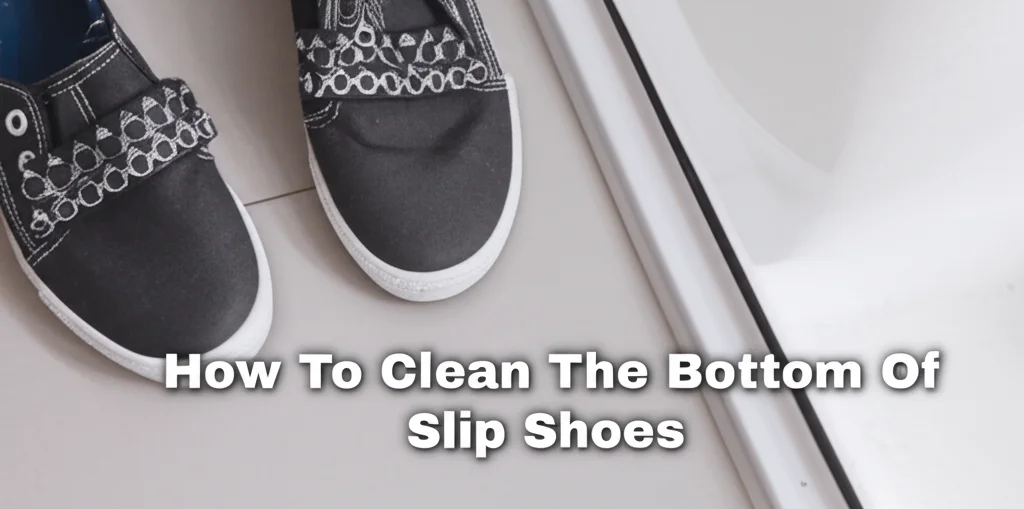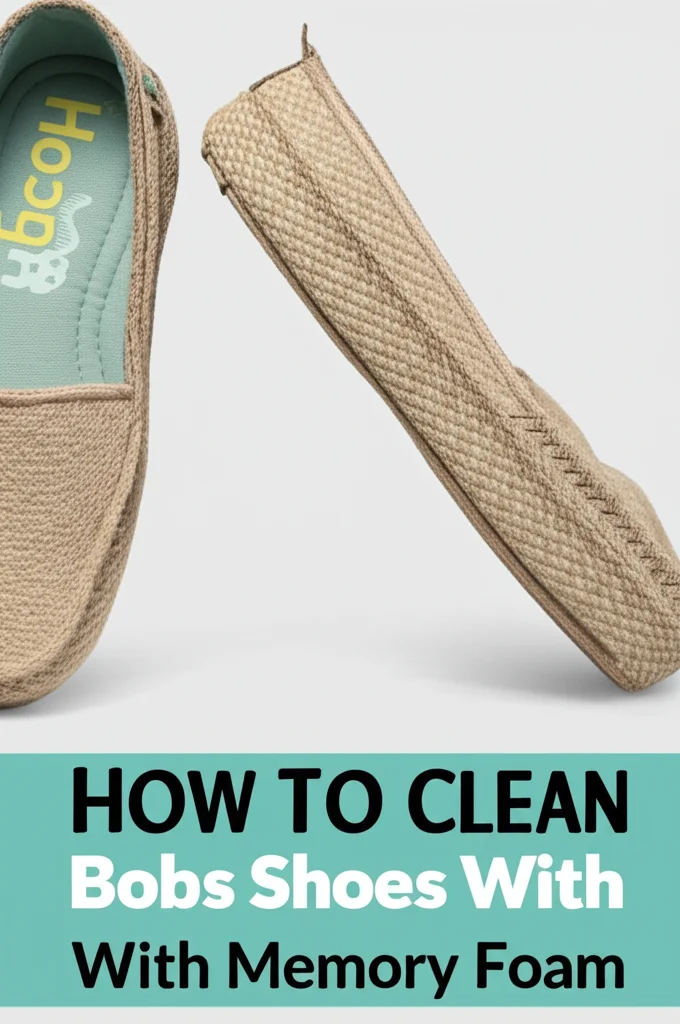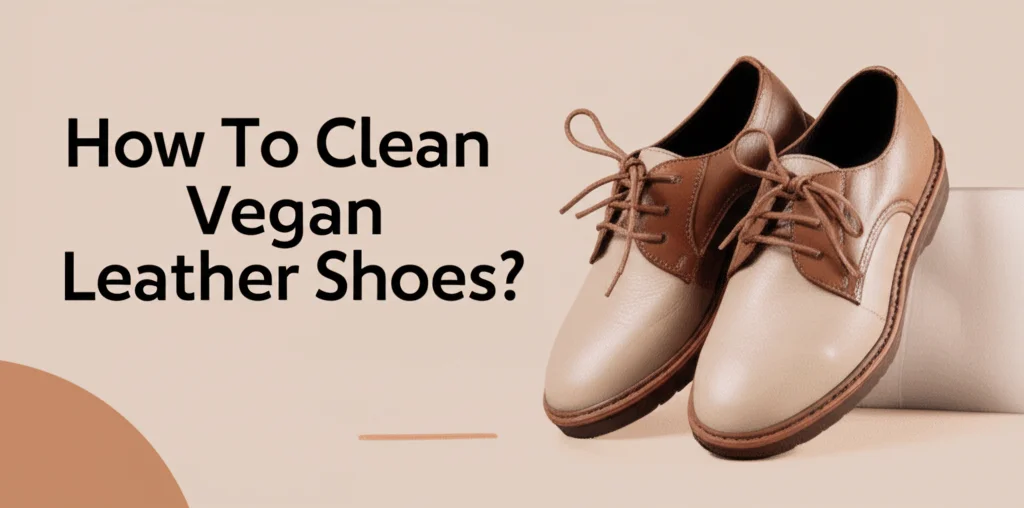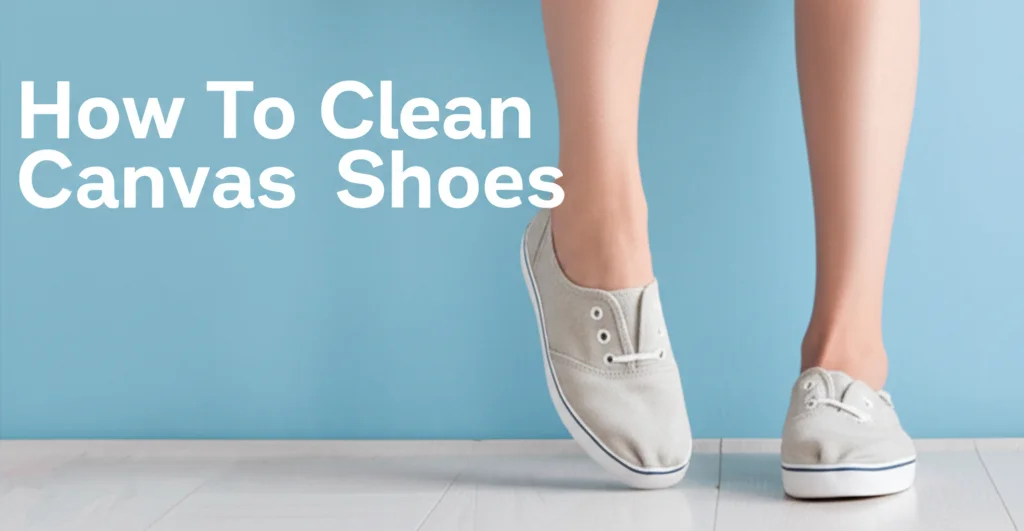· Shoe Care · 7 min read
How To Clean The Bottom Of Slip Shoes

Keeping Your Grip: How To Clean The Bottom Of Slip Shoes
Ever wonder how to keep those slip-resistant shoes truly slip-resistant? It’s not just about buying the right shoes; it’s about maintaining them. The bottoms of slip shoes collect dirt, grime, and oils, which significantly reduce their effectiveness. This guide will show you exactly how to clean the bottom of your slip shoes, ensuring you maintain optimal traction and safety. We’ll cover everything from quick daily wipe-downs to more thorough cleaning methods, helping you extend the life of your shoes and, more importantly, prevent accidents. Let’s dive in and get those soles sparkling clean!
Quick Answer: To clean the bottom of slip shoes, brush off loose debris, then wash with warm, soapy water. For stubborn grime, use a nylon brush and consider a degreasing agent. Rinse thoroughly and allow to air dry – avoid direct heat.
Takeaway:
- Regular cleaning maintains slip resistance.
- Use mild soap and avoid harsh chemicals.
- Air drying is best to prevent damage.
Why Cleaning Slip Shoe Bottoms Matters
Slip-resistant shoes are crucial for safety in many workplaces, from restaurants to hospitals. However, the special treads designed to provide grip become less effective when covered in dirt, grease, or dust. Think of it like this: a clean, textured surface offers maximum friction, while a dirty one becomes slick. Regularly cleaning the bottoms of your slip shoes restores that friction, reducing the risk of slips and falls. It also extends the lifespan of your shoes, preventing premature wear and tear on the specialized rubber compounds.
Beyond safety, maintaining clean shoes simply looks more professional. A well-maintained appearance reflects positively on you and your workplace. Ignoring the build-up on your soles isn’t just a safety hazard; it’s a sign of neglecting your work gear.
Daily Maintenance: A Quick Wipe-Down
The easiest way to keep your slip shoes in top condition is to incorporate a quick daily wipe-down into your routine. This prevents dirt and grime from building up and becoming difficult to remove. After each shift, or at the end of the day, grab a damp cloth or a disposable wipe.
- Wipe the entire bottom surface of the shoe, paying attention to the grooves and treads.
- For slightly sticky areas, use a mild all-purpose cleaner diluted in water.
- Dry the soles with a clean cloth to prevent water spots.
This simple habit takes less than a minute and can significantly extend the time between more thorough cleanings. It’s a small effort with a big impact on both safety and shoe longevity. If you’re looking for ways to keep your floors clean as well, check out https://www.beacleaner.com/how-to-clean-kitchen-floor-without-mop/ for some helpful tips.
Deep Cleaning: The Soap and Water Method
For a more thorough cleaning, you’ll need warm water, mild dish soap, and a brush. This method is ideal for removing stubborn dirt and grime that a quick wipe-down can’t handle.
- Prepare the Solution: Fill a basin or sink with warm water and add a small amount of dish soap. Avoid using harsh detergents or abrasive cleaners, as these can damage the rubber.
- Scrub the Soles: Using a nylon brush (an old toothbrush works well for tight spaces), scrub the bottom of the shoe in a circular motion. Focus on the treads and grooves where dirt tends to accumulate.
- Rinse Thoroughly: Rinse the soles under clean, running water to remove all traces of soap. Any remaining soap residue can attract dirt and reduce slip resistance.
- Air Dry: Allow the shoes to air dry completely. Avoid placing them in direct sunlight or using a hairdryer, as heat can damage the rubber.
This deep cleaning method should be performed every week or two, depending on how frequently you wear your slip shoes and the conditions you work in.
Tackling Stubborn Grime and Oil
Sometimes, soap and water aren’t enough to remove stubborn grime, especially if you work in an environment with a lot of oil or grease. In these cases, you’ll need a degreasing agent.
- Degreasing Sprays: Look for a degreasing spray specifically designed for rubber or footwear. Apply the spray to the soles, let it sit for a few minutes, and then scrub with a nylon brush.
- Baking Soda Paste: For a natural alternative, make a paste of baking soda and water. Apply the paste to the soles, let it sit for 10-15 minutes, and then scrub with a brush.
- Isopropyl Alcohol: For particularly stubborn oil stains, you can try using isopropyl alcohol. Apply a small amount to a cloth and gently rub the affected area. Always test in an inconspicuous area first to ensure it doesn’t damage the rubber.
After using a degreasing agent, rinse the soles thoroughly with water and allow them to air dry. Remember, maintaining a clean work environment is also important. You might find https://www.beacleaner.com/how-to-clean-kitchen-sink-mats/ helpful for keeping your workspace spotless.
Choosing the Right Cleaning Tools
The right tools can make all the difference when cleaning your slip shoes. Here’s a breakdown of what you’ll need:
- Nylon Brush: A nylon brush is essential for scrubbing the soles without damaging the rubber. Avoid using metal brushes, as they can scratch the surface.
- Mild Dish Soap: Choose a dish soap that is gentle and doesn’t contain harsh chemicals.
- Microfiber Cloths: Microfiber cloths are excellent for wiping down the soles and drying them after cleaning.
- Degreasing Agent (Optional): If you work in a greasy environment, a degreasing spray or baking soda paste can be helpful.
- Basin or Sink: A basin or sink is needed for mixing the cleaning solution and rinsing the soles.
Investing in these simple tools will make the cleaning process easier and more effective.
What to Avoid When Cleaning Slip Shoes
Just as important as knowing what to do is knowing what not to do. Here are some things to avoid when cleaning your slip shoes:
- Harsh Chemicals: Avoid using bleach, ammonia, or other harsh chemicals, as these can damage the rubber and reduce its slip resistance.
- Abrasive Cleaners: Don’t use abrasive cleaners or scouring pads, as they can scratch the surface of the soles.
- Direct Heat: Avoid placing your shoes in direct sunlight or using a hairdryer to dry them, as heat can cause the rubber to crack or warp.
- Washing Machine/Dryer: Never put your slip shoes in the washing machine or dryer. The heat and agitation can damage the shoes and void any warranty.
- Ignoring the Problem: The worst thing you can do is ignore the build-up on your soles. Regular cleaning is essential for maintaining safety and extending the life of your shoes.
If you’re dealing with tough stains on other surfaces, you might find https://www.beacleaner.com/how-to-get-grease-out-of-carpet/ a useful resource.
FAQ: Common Questions About Cleaning Slip Shoes
Q: How often should I clean the bottoms of my slip shoes? A: It depends on your work environment. Daily wipe-downs are recommended, with a deep cleaning every week or two. If you work in a particularly dirty or greasy environment, you may need to clean them more frequently.
Q: Can I use a pressure washer to clean my slip shoes? A: No, a pressure washer can damage the rubber and reduce its slip resistance. Stick to gentle cleaning methods like soap and water.
Q: Will cleaning my slip shoes void the warranty? A: Check the manufacturer’s warranty. Some warranties may be voided if you use harsh chemicals or improper cleaning methods.
Q: What if the slip resistance is still reduced after cleaning? A: The treads may be worn down. It’s time to replace your shoes if they no longer provide adequate grip.
Conclusion: Maintaining Your Safety One Step at a Time
Cleaning the bottom of your slip shoes is a simple yet crucial task. By incorporating regular maintenance into your routine, you can ensure optimal grip, prevent accidents, and extend the life of your footwear. Remember to use mild soap, avoid harsh chemicals, and always allow your shoes to air dry. A little effort goes a long way in maintaining your safety and professionalism. So, take a few minutes each day to clean those soles – your feet (and your workplace) will thank you! Don’t forget to also consider the cleanliness of your floors; you can find helpful advice on https://www.beacleaner.com/how-to-clean-hardwood-floors-with-vinegar/ to create a safer environment overall.




